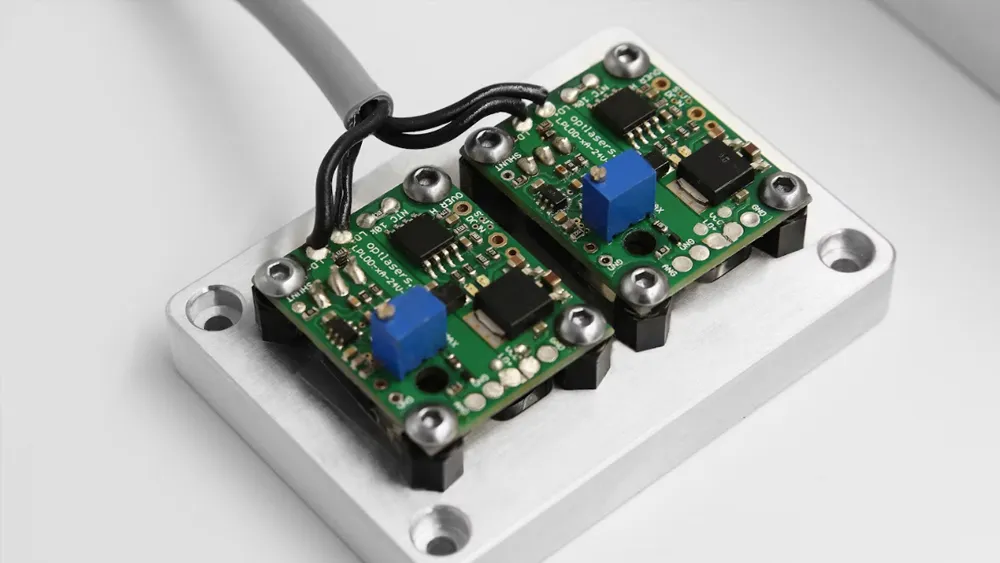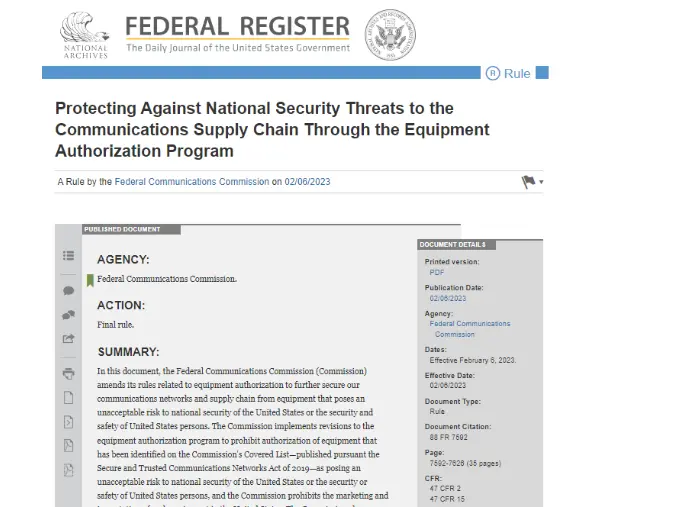
Automotive Electronics CE Certification EN 50498 Test
Introduction to the EN 50498 Standard
Within the complex framework of automotive electronic product certification, the EN 50498standard holds a crucial position. With the rapid development of automotive intelligence, a wide range of in-vehicle electronic devices have emerged — from common car chargers and refrigerators to sophisticated in-car audio-visual entertainment systems. While these devices bring convenience, they also introduce various electromagnetic compatibility (EMC)challenges.

EN 50498is a European standard specifically formULated for the EMC requirements of in-vehicle electronic devices. As a harmonized European EN standard, it defines the CE self-declaration conformity process.
In simple terms, manufacturers whose products comply with EN 50498 can self-declare conformityto relevant EU directives and affix the CE mark, allowing the product to be sold in the EU market.
The purpose of this standard is to ensure that automotive electronic devices operate normally within the complex electromagnetic environment of a vehicle, while not causing harmful electromagnetic interference (EMI) to other onboard systems.
Scope of EN 50498
The EN 50498 standard primarily applies to non-critical in-vehicle electronic devicesthat could affect driving safety. Common examples include:
- Car Chargers
Devices poweRED through the cigarette lighter socket must ensure they do not interfere with other vehicle electronics during charging.
- Car Refrigerators
Whether seMIConductor-based or compressor-based, these must comply with the standard to avoid electromagnetic interference that could affect cooling performance or other onboard electronics.
- Car Entertainment Systems
Devices such as DVD players or audio systems must ensure that during playback, they do not interfere with navigation, onboard computers, or other systems.
- Wireless Communication Devices
Products equipped with Bluetooth, Wi-Fi, or similar wireless functions must comply with both the Radio Equipment Directive (RED)and the EMC requirements of EN 50498.
This standard applies to non-critical automotive equipment as defined in Annex I of Directive 2004/104/EC.
The test items include broadband/narrowband radiated disturbances, conducted transient emissions, and immunity tests.
EN 50498 Test Items
1. Broadband Radiated Disturbances
Tests the product’s electromagnetic radiation within the frequency range of 30 MHz to 1000 MHz, with the device operating in its typical mode and at maximum emission levels.
2. Narrowband Radiated Disturbances
Focuses on specific frequency bands of electromagnetic radiation; the testing method is similar to broadband testing.
3. Conducted Transient Emission Test
Measures transient interference conducted through power lines or similar paths — for example, voltage fluctuations during charging.
4. Conducted Transient Immunity Test
Based on ISO 7637-2, this test evaluates the product’s resistance to transient disturbances transmitted through power lines.
EN 50498 CE certification Process (JJR)
1. Complete the Test Application Form
Provide detailed information about the product and testing requirements.
2. Send Samples to the JJR Laboratory
Ship the necessary samples securely for evaluation.
3. Product Testing & Rectification
The laboratory conducts the tests. If non-compliance is found, the company will be notified to modify and resubmit the samples.
4. Issuance of Test Report
Upon passing all tests, the JJR laboratory issues an official EN 50498 test report.
Email:hello@jjrlab.com
Write your message here and send it to us
 What are ASTM F963 and CPSIA?
What are ASTM F963 and CPSIA?
 Comparison of ASTM F963 and EN 71
Comparison of ASTM F963 and EN 71
 How to get CSA C22.2 NO.256:14 Test Report?
How to get CSA C22.2 NO.256:14 Test Report?
 How much is the ISTA Amazon Packaging & Shippi
How much is the ISTA Amazon Packaging & Shippi
 Amazon Product Laboratory Testing Requirements
Amazon Product Laboratory Testing Requirements
 How to Get EPA Certificatio
How to Get EPA Certificatio
 What is EPA Certification in the United States?
What is EPA Certification in the United States?
 What is an FCC Registered Agent?
What is an FCC Registered Agent?
Leave us a message
24-hour online customer service at any time to respond, so that you worry!




